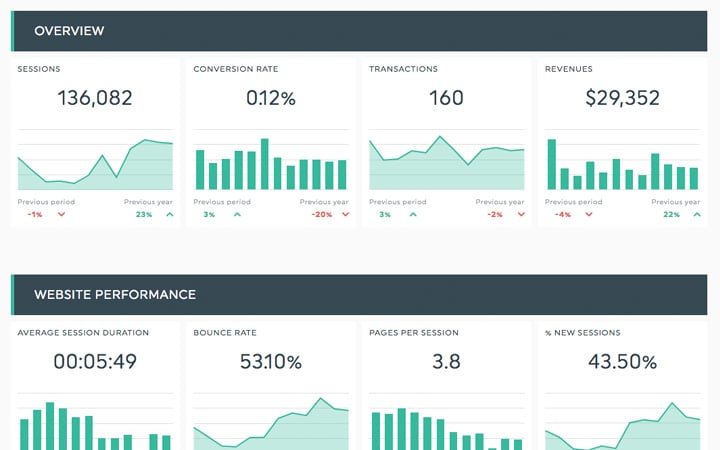What is the item revenue metric?
Item revenue is a digital metric representing the total revenue generated from selling individual products or items on a website or platform. It is calculated by multiplying the price of a product by the quantity sold. This metric helps businesses track the financial performance of specific items and can provide insights into product popularity, pricing strategies, and overall sales efficiency. Analyzing item revenue is essential for understanding which products contribute the most to total revenue and optimizing product offerings.






